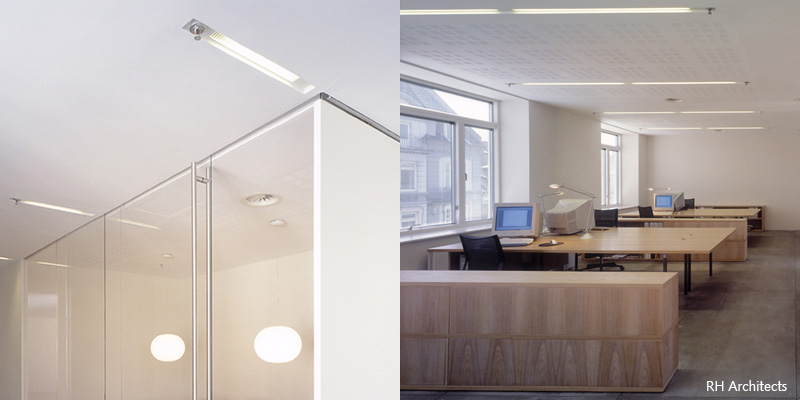How physically correct are your materials ? 

IMPORTANT Chaos License Server update January 28th 2025.
If you have not yet updated your License Server to version 6.1 or above and are unable to access your license please follow these simple instructions HERE.
Comment